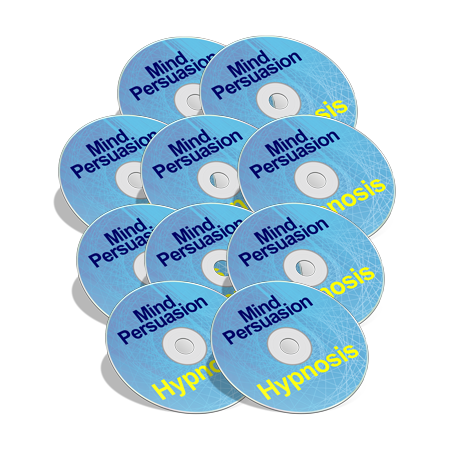The Beatles were the first group to actually use a feedback loop as part of their song, at the beginning.
If you are in a good mood, you’ll generally behave in ways that will invite positive responses from others, thereby enhancing your good mood.
On the other hand, if you are in a bad mood, the same thing generally happens. You scowl at people, they scowl right back, and your mood worsens.
It’s like that line from the first Pirates of the Caribbean movie, where the girl looks at the ghost and says, “I don’t believe in ghost stories!” to which the ghost replies, “Ya best believe in ’em, cause you’re IN ONE!”
When we’re in our own feedback loops, it’s pretty hard to tell. It’s easy to blame the world, and not look to ourselves as the driver of our own feelings.
What’s even better than noticing and enhancing your own feedback loops is creating them in others.
You know the old saying, “A picture is worth a thousand words,” right?
Basically it means that a good photo or painting will inspire much deeper emotions and understanding than any amount of random verbosity.
But what happens when you create a word-picture feedback loop?
What happens when you talk to people in a way that will get them generating their own pictures, in their own minds, in their own way?
Not only will they fully embrace their pictures (creates with YOUR words) but they’ll give them MUCH BETTER feelings than any picture taken or created by somebody else.
And when you carefully pay attention to what they say, how they speak, and their body language while feeding them even BETTER words, to help them create even BETTER pictures, they’ll literally fall into a self-generated bliss trance right on the spot.
Needless to say, this is a pretty good party trick.
Or you could use it for other things.
